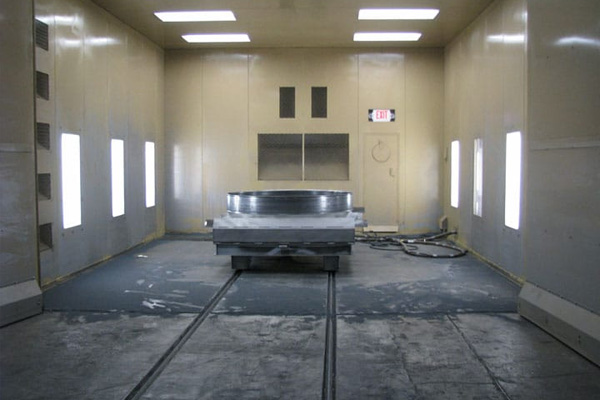Abrasive Selection

When selecting the proper abrasive for the blast room, it is important to look at the entire spectrum of parts that will be blasted in the facility.
For example, a job shop blasting operation may see one type of work for a period of time and another type of fabricated aluminum parts for another period of time. In this type of application, you would want to select a type of abrasive that is applicable to both types of base material (i.e.- steel (ferrous) and aluminum (non-ferrous), such as garnet, star blast, aluminum oxide, etc.
While a mineral abrasive gives you the flexibility to accept a variety of work into your shop, it does break-down at a much faster rate than steel grit abrasive. Typically, you can recycle mineral abrasives about 3-6 times, based on operating pressures at the nozzle and the initial size and hardness of the abrasive.
Steel grit abrasive also comes in a variety of sizes and hardnesses. The typical recycle rate for steel grit (G-40) is 150-200 times. Again, this can vary based on operating pressure at the nozzle.

Disposal Costs and Return on Investment
Disposal costs of spent abrasives are a major factor in abrasive selection. The amount of waste that must be removed is directly related to the recyclability of the specific abrasive and the volume of abrasive that is used. This can result in a large quantity of waste material that must be dealt with in regards to “cost of disposal”. This cost will vary based on the blasting operation and coatings being removed. If lead paint or zinc primer is being removed, the disposal costs can be up to $500 per 55-gallon drum of waste.
The Return-On-Investment (ROI) for a blast room facility is the key element when making the investment in a blast room facility. Recycling abrasives and minimizing waste disposal costs is the single most important element in achieving a good ROI on the capital purchase.
Contact ABS Blast and let us help you in determining the right Abrasive Blast Media for your specific needs.
